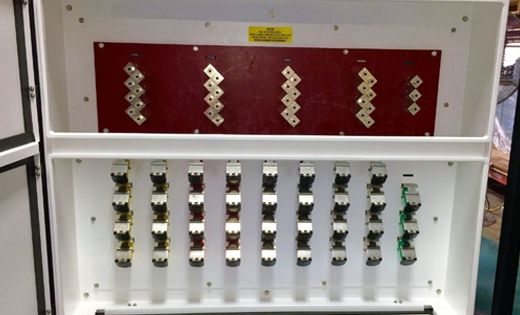Working with electrical systems requires a deep knowledge of how the electrons within them function. For this reason, understanding volts, amps, and watts is one of the most aspects of learning about electrical circuits and how they operate. Keep reading below to learn exactly what these three properties are and how they help electrical equipment thrive.
Volts
In electrical systems, volts represent the physical force pushing electricity, or the speed of electrons in an electrical current. You can define voltage by calculating the number of volts present. Determining the voltage reveals how quickly electrons move between two points of a circuit. This will help you see how much force is behind the electrical current traveling through a system.
Amps
Besides how fast they’re moving, the volume of electrons is also crucial to understanding electrical systems. The terms “amps” and “amperes” refer to how many electrons exist in a circuit. So when you ask how many amps are present, you’re essentially asking how many electrons are present. Suffice it to say, amps are a straightforward topic, and once you have details on a system’s amps and volts, you can calculate the watts.
Watts
The term “watts” refers to the power of your electrical current. Unlike voltage, which represents physical power, watts refer to electrical power. Understanding volts, amps, and watts requires precise order because volts and amps help you identify watts. Specifically, multiplying volts by amps will tell you the number of watts in a system. In other words, calculating watts reveals how much power the system is using.
If you take the time to understand these three properties, integrating temporary power equipment into existing electrical systems will be much easier and safer. For example, having a generator tap box makes installing portable power generators simple. Furthermore, a tap box gives you a safe way to plug in portable generators for use during outages or during routine maintenance that requires the main generator to be nonoperational.
Unlike watts, voltage and amps are particularly pertinent to know when you’re buying a tap box. Designing a tap box with these details in mind ensures we can effectively meet your unit size and voltage needs.

